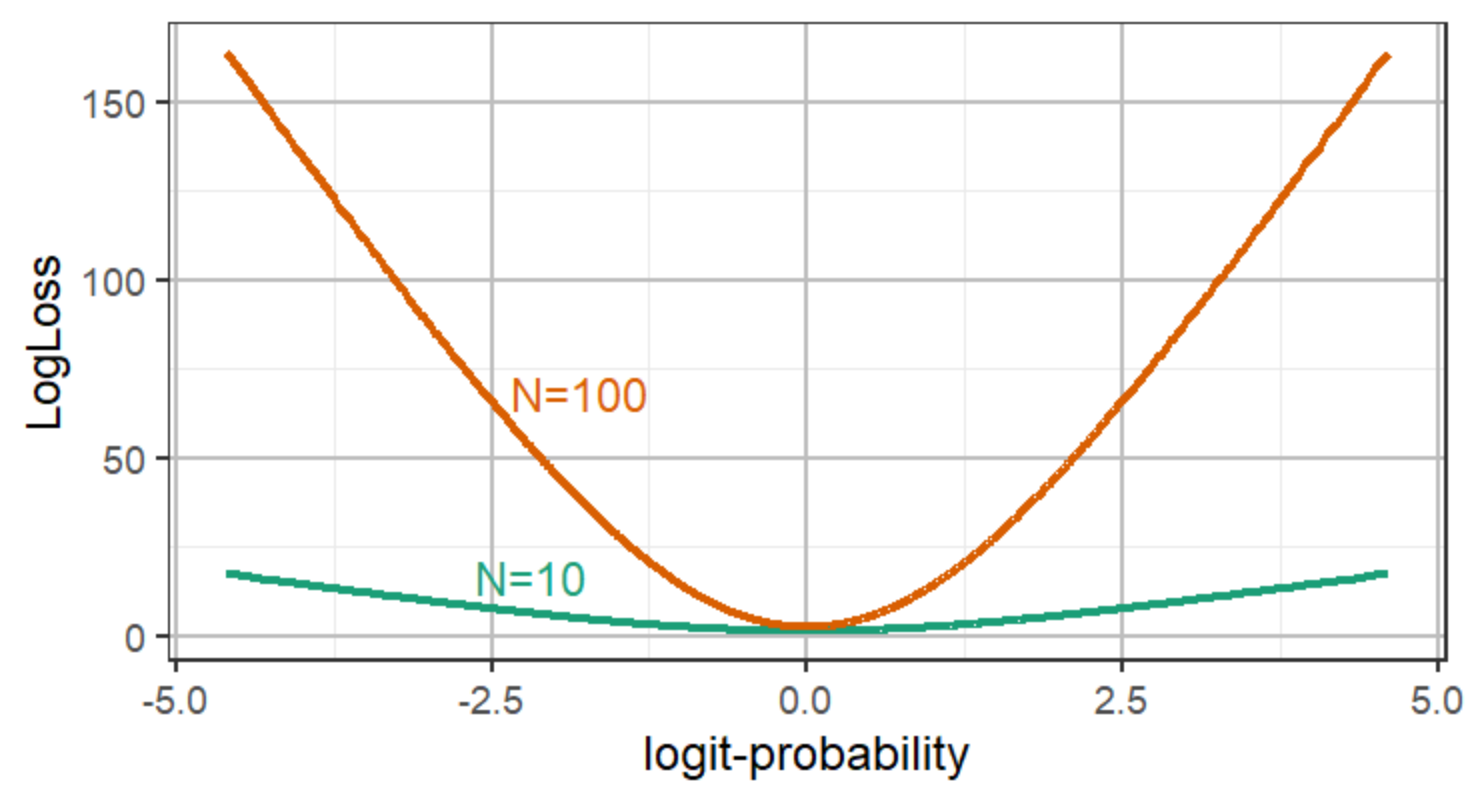I am interested in understanding how Neural Networks could be used to both learn from and predict proportions.
That is, say matrix $X$ is the training features data with $N$ cases and $k$ features. Also, matrix $Y$ are the training outputs, with $N$ cases and $h$ variables, where each row holds $h$ proportions that sum to $1$. The problem is defined as learning from those proportions in $Y$, so that with test data for which proportions of the $1 \cdots h$ variables are not known, they can be predicted.
When I search online for this problem I find a lot of mixed and somewhat out-of-the track suggestions. In part, confusions arise from the fact that some people call this type of issue "proportion prediction", which is ambiguous with the predicting of class proportions in traditional multiclass problems.
Naturally, the modelling of this type of problem has been explored before in other fields and with other approaches, which is indicated in the this SE question. But I am having difficulty finding details about how would this be done in a more typical Supervised Machine Learning fashion - I found it particularly hard to find much about doing it using Neural Networks.
In the above linked question, the OP mentions that they eventually settled with a multi-output Neural Network (in my notation, a network with $h$ output targets) with soft-targets cross-entropy as the loss function. My objective questions are:
would that be enough to correctly model a Neural Network to predict proportions? I am not convinced that the generated target outputs, while forced to sum up to 1, would indeed represent the proportions trying to be predicted.
if they do and that approach is enough, I cannot understand why, and therefore would love an explanation of why, cross-entropy with soft-targets would correctly guarantee that, in a multi-output network architecture, the predicted target values end up representing predicted proportions.

